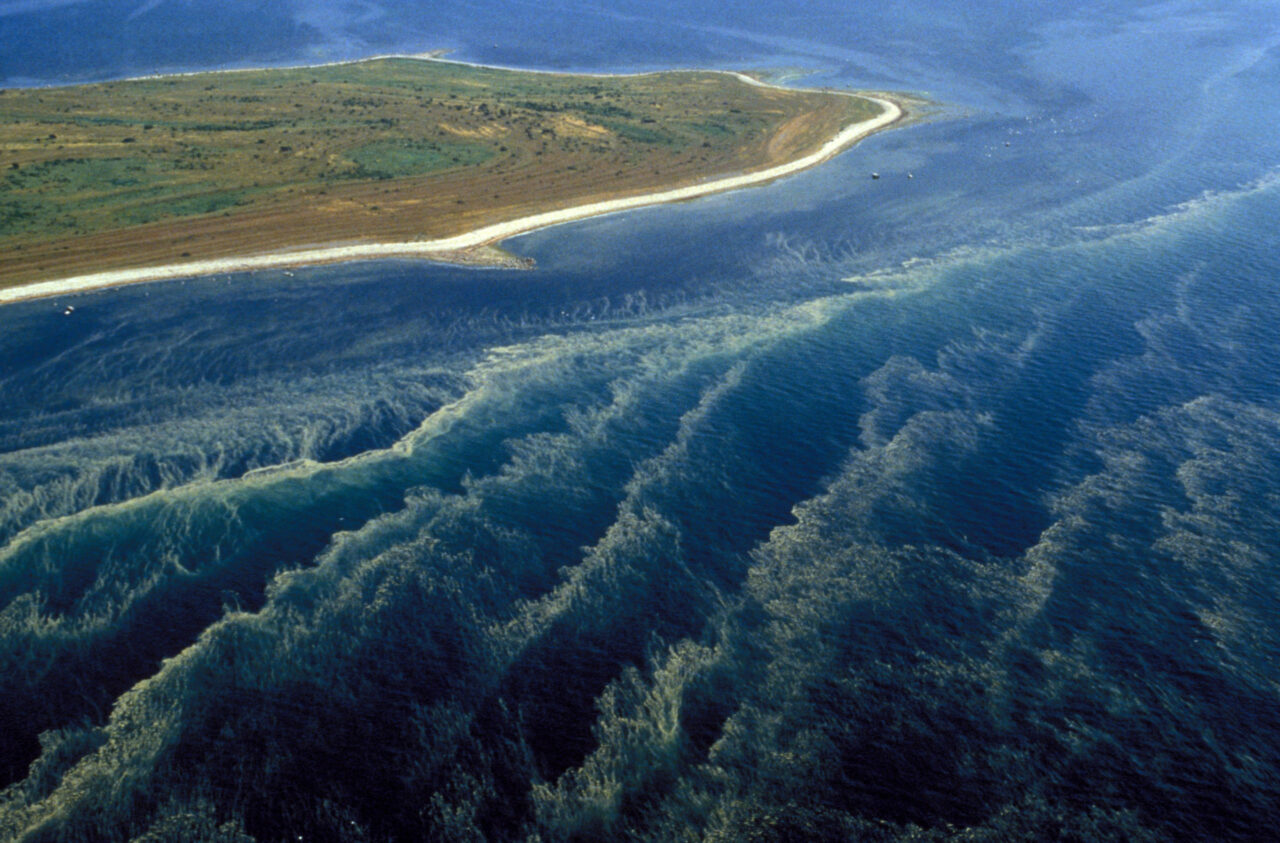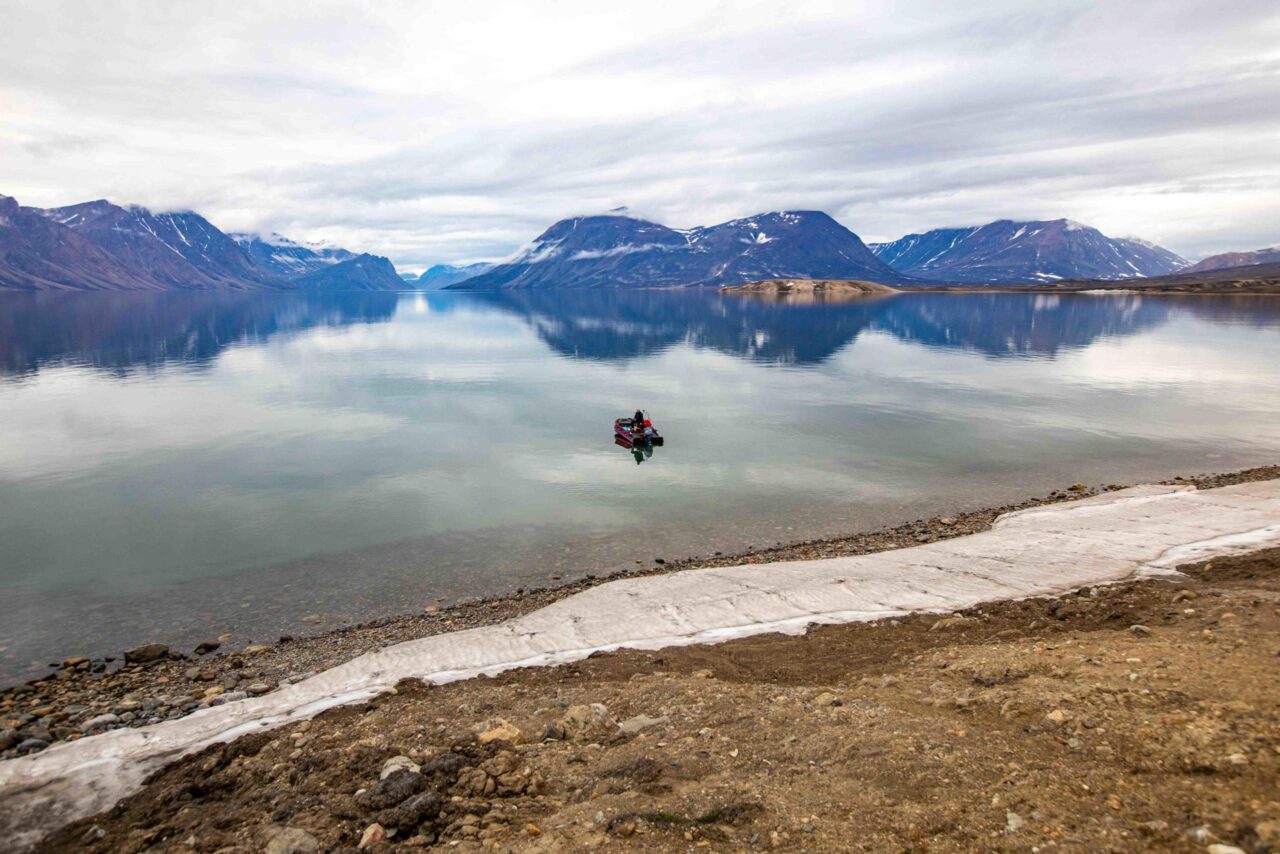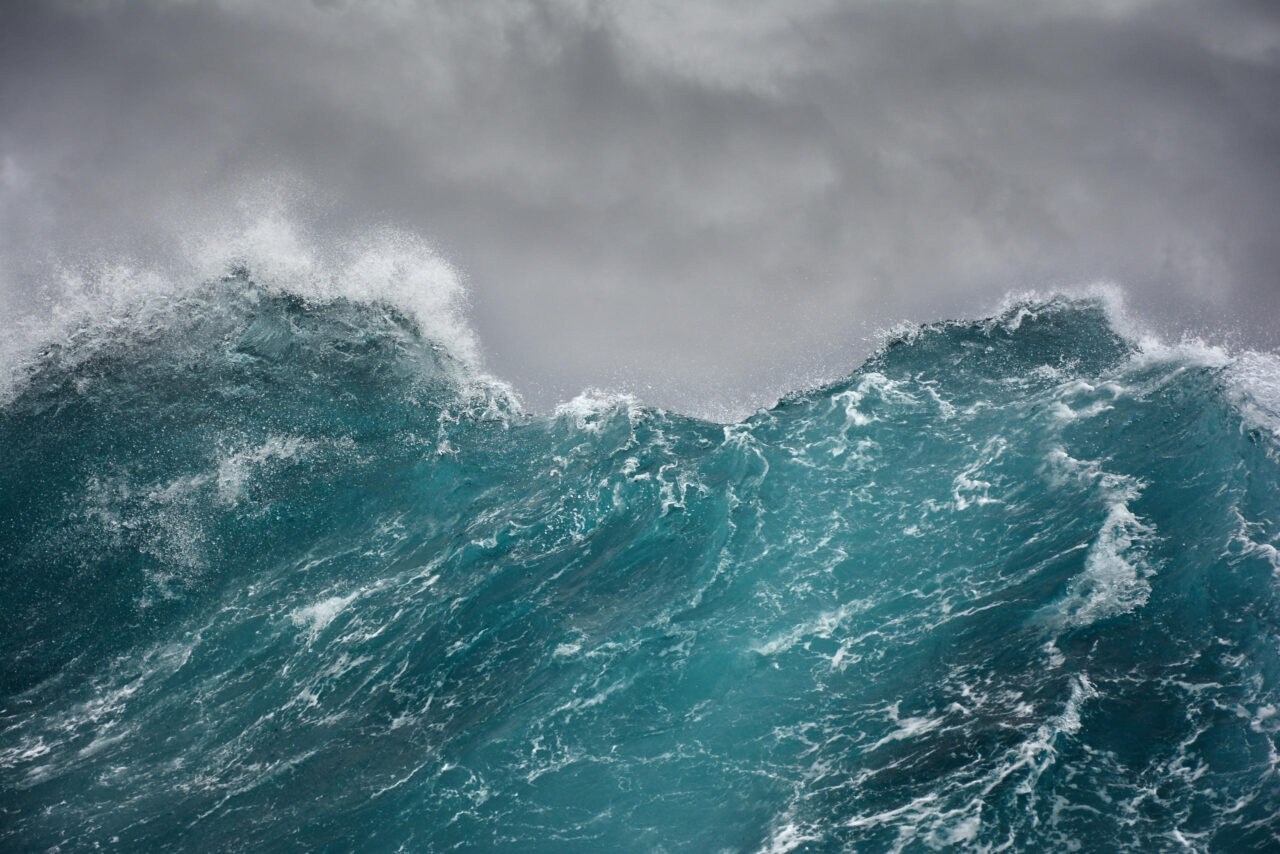The Lynetteholm project is based on a 40-year-old environmental report on dumping
The dumping of bottom sludge in the Sound has been defended on the grounds that it has only a negligible impact on the marine environment. But several Danish experts are now condemning the environmental impact assessment for the Lynetteholm project, which is based on a 40-year-old American study, DR reports.
The assumptions made in the environmental impact assessment are not valid. This is a misinterpretation of the American study,” Jacob Carstensen, professor at the Institute of Ecological Sciences at the University of Aarhus, told the public service channel.
The 1981 US research article used in the environmental impact assessment for the construction of the Lynetteholm artificial peninsula in Copenhagen is based on studies of dredging in a number of US estuaries.
“Do not understand”
DR has contacted the researchers behind the article, Fred and Anne Lee, who both question the use of their study in a completely different context. The couple’s study was not about contaminated bottom sludge from ports,” Lee points out.
We don’t understand how the organisation behind this project has used our data to come to the conclusion that there will be no significant environmental impact,” says Fred Lee to DR.

Algal blooms and oxygen deficiency
The US study is about the impact of nutrients. Marine environmental experts are concerned about the presence of large amounts of nutrients, including nitrogen and phosphorus, in the sludge that has been dredged up off Copenhagen.
If these substances dissolve in the water, the consequences can include algal blooms and oxygen deficiency, points out Professor Stiig Markager of Aarhus University. He says this could lead to a negative spiral, where the water becomes increasingly turbid, making conditions worse for eelgrass and fish on the seabed.
The Danish Ministry of Transport says that it is the developer, the municipal and state-owned company By&Havn, that is responsible for the environmental impact assessment. For its part, By&Havn says that ultimate responsibility lies with the authorities, who have approved it.
Dredged material from the seabed off Copenhagen was dumped in January to March in the Sound near the Danish-Swedish border, but has taken a planned break during the summer months. After extensive criticism, including from the Swedish government, a rapid investigation is now being carried out into alternatives to dumping.




